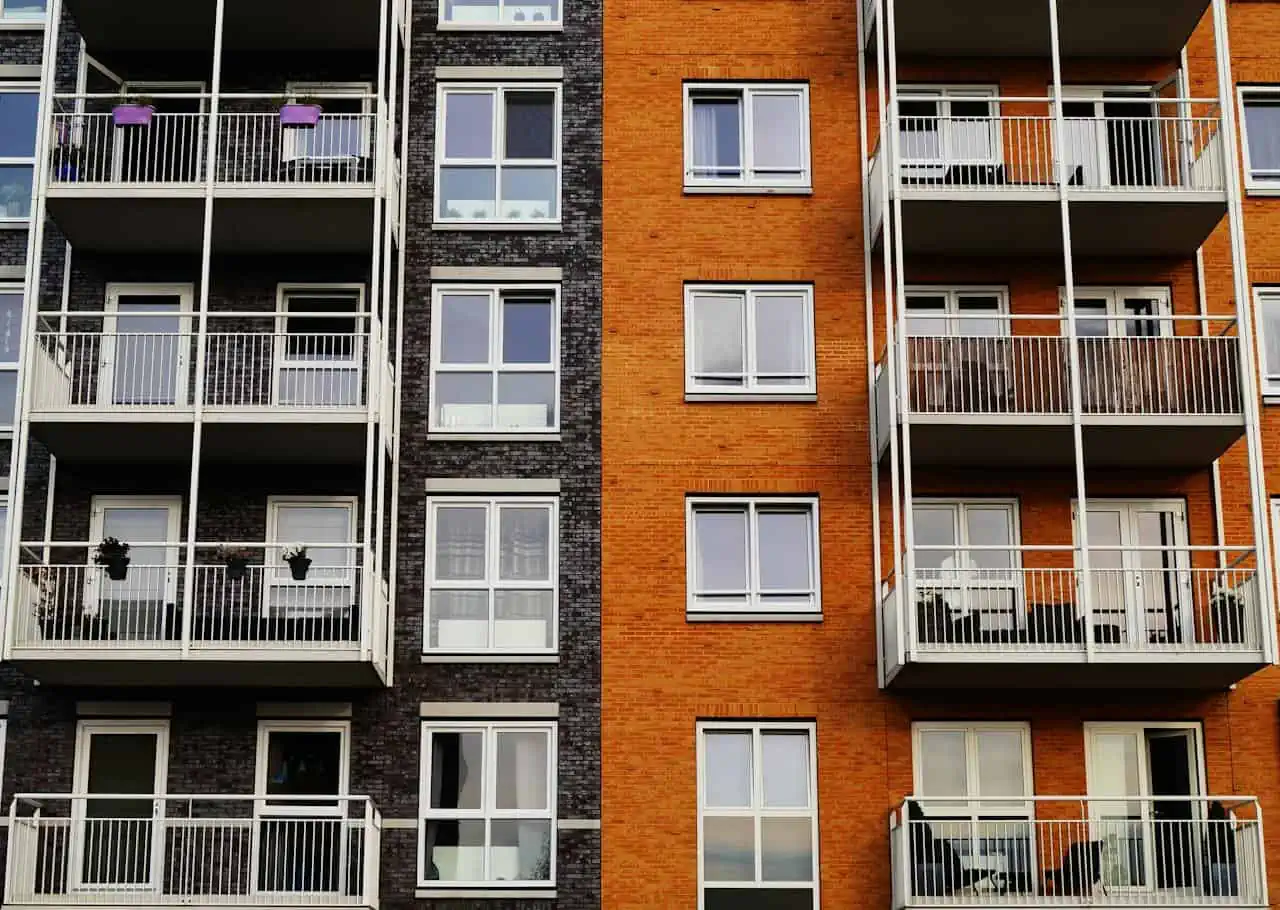Setting up WiFi in your apartment is a crucial step in modern living, going beyond merely connecting to the internet; it’s about creating a living space that’s both enjoyable and functional. With the increasing reliance on digital devices for both work and leisure, having a stable and fast WiFi connection has become essential.
In this guide, we will explore the various facets of setting up a home WiFi network, including evaluating your apartment’s internet capabilities, understanding different types of internet services, installation procedures, choosing the right speed for your needs, and optimizing your WiFi setup.
Related Link: How To Switch Internet Providers: Simple & Easy Guide
Evaluating Your Apartments Internet Readiness
Does Your Lease Include Internet Service?
When you move into an apartment, it is important to understand how the internet setup works. Often internet service is not included in the lease agreement, which means you’ll need to make arrangements. In some buildings you might find installed wiring, for cable or fibre internet that can simplify the setup process. When renting an apartment it’s crucial to ask your landlord or broker questions about WiFi availability, the apartments readiness, for cable or fibre connections and whether 5G home internet is an option in your area. These inquiries not help you plan ahead but give you an idea of any additional costs or equipment you might need to consider for setting up your internet.
The Convenience of WiFi Provided by the Building
Some apartments offer WiFi as part of the agreement providing a to-use solution for internet access. While this may seem convenient it may not always be the choice. Shared internet services can sometimes suffer from speeds and network congestion during peak usage times. Additionally you are typically limited to the plan chosen by the apartment management, which might not align with your internet needs like bandwidth, for streaming or gaming. It’s important to consider these factors and review your lease agreement to determine if you are required to use the building’s internet service or if you have the freedom to choose a provider that better suits your personal internet requirements.
Transform your apartment into a connected hub. Browse our selection of Wi-Fi options to find the perfect fit for your home.

Understanding Different Types of Internet Connections
Fibre: The Speed Champion
Fibre optic internet is widely renowned, for its speeds often surpassing 1,000 Mbps or more. Although it may be pricier and not readily available due to the costs involved in building the infrastructure fibre internet offers unparalleled speed and reliability. It’s an investment for users with demands for internet performance especially when engaging in bandwidth intensive activities like streaming high definition content, online gaming or transferring large files. With fibre optic internet you can enjoy an experience.
Cable and DSL: Reliable Competitors
Cable internet utilizes coaxial cable networks to deliver swift download speeds and a dependable connection. While its upload speeds may not match those of fibre optic internet it generally suffices for activities. On the other hand, DSL internet is transmitted through phone lines and provides a more widespread and cost effective option. However it typically offers speeds compared to cable and fibre connections. Both cable and DSL are options; choosing between them often involves finding the balance between desired internet speed and budget constraints.
Installation and Setup
Deciding between doing the installation yourself or seeking assistance depends on the infrastructure in your apartment and your comfort level with technology. If your apartment is already wired for cable or fibre using a self installation kit can be a cost convenient option. However if your apartment has a junction box system or if you’re uncertain about the setup it’s best to opt for installation to ensure a proper and efficient connection. It’s always advisable to check with your internet service provider regarding options. Carefully consider the costs and convenience of each method before making a decision.
Fixed Satellite Options
In areas where there is no cable or fibre infrastructure, fixed wireless and satellite internet are worth considering. Fixed wireless internet utilizes cellular network signals for connectivity offering installation and reasonable speeds. Satellite internet, although relatively slower and more expensive, provides a solution in rural areas where other types of internet services may not be feasible. Both options present solutions to connectivity challenges, in less urbanized regions.
Choosing the Appropriate Internet Speed
Determining the internet speed for your home largely depends on how you use it.
For internet activities, like browsing and streaming speeds of up to 25 Mbps are sufficient for individuals or small households. However if you have a household or engage in demanding tasks like HD or 4K streaming, online gaming or remote work it’s better to go for higher speeds ranging from 100 to 800 Mbps. These faster speeds ensure streaming, gaming and downloading when multiple devices are connected at the same time.
Why High Speed Internet is Appealing
High speed internet plans are especially appealing for users who need bandwidth for their activities. Plans that offer upload and download speeds are perfect for content creators, online gamers and those who require high definition teleconferencing. While gigabit speeds (1,000 Mbps and above) may be excessive for users, they provide an online environment for professionals and enthusiasts who rely on ultra fast and stable internet connections.
Related Link: How Much Is Internet Per Month? Averages Explained

Getting the Most Out of Your Wifi
Optimizing Your WiFi Setup
Once you’ve chosen your internet service provider, optimizing your WiFi network is crucial to achieve performance. This involves placing your router in a location that maximizes signal strength throughout your home or apartment. In some cases you may also consider using WiFi extenders to cover areas. It’s really important to make sure your network is secure, by using unique passwords as well as keeping your router’s firmware up to date. This helps protect against any security vulnerabilities. Regularly checking and adjusting your network can ensure that it performs optimally and meets your Wifi needs.
Keeping Your Internet Connection Up to Date for the Future
As technology continues to advance it’s crucial to stay updated on the standards and advancements in internet technologies. Exciting developments like WiFi 6 offer speeds and improved performance in environments with multiple connected devices. It’s also worth staying informed about fibre optic and 5G technologies as they hold the potential to enhance your internet experience in the future. By staying knowledgeable about these advancements you can guarantee that your home network remains efficient, secure and ready for the demands of internet usage.
Setting Up Wifi at Home
There are things to take into account when installing WiFi in your flat. These include being aware of the current state of the internet infrastructure, picking the right kind of connection, deciding on a speed depending on your usage needs, making sure the installation and configuration processes are done correctly, and making the most out of your Wi-Fi network. By navigating these aspects you can establish a fast WiFi connection that enhances your apartment living experience while supporting all of your digital needs.
Ready to elevate your apartment living with high-speed Wi-Fi? Discover our tailored internet plans perfect for your home.
Getting Wi-Fi At Home
Choosing the best internet connection type, choosing a speed that suits your needs, making sure the installation and setup go smoothly, and fine-tuning your network for optimal performance are just a few of the many aspects that need to be carefully taken into account when setting up Wi-Fi in your apartment. By carefully addressing these areas, you can establish a reliable and fast Wi-Fi connection that enriches your apartment living experience and supports your digital lifestyle.
Related Link: What Is DSL Internet? Service and Connection Guide

